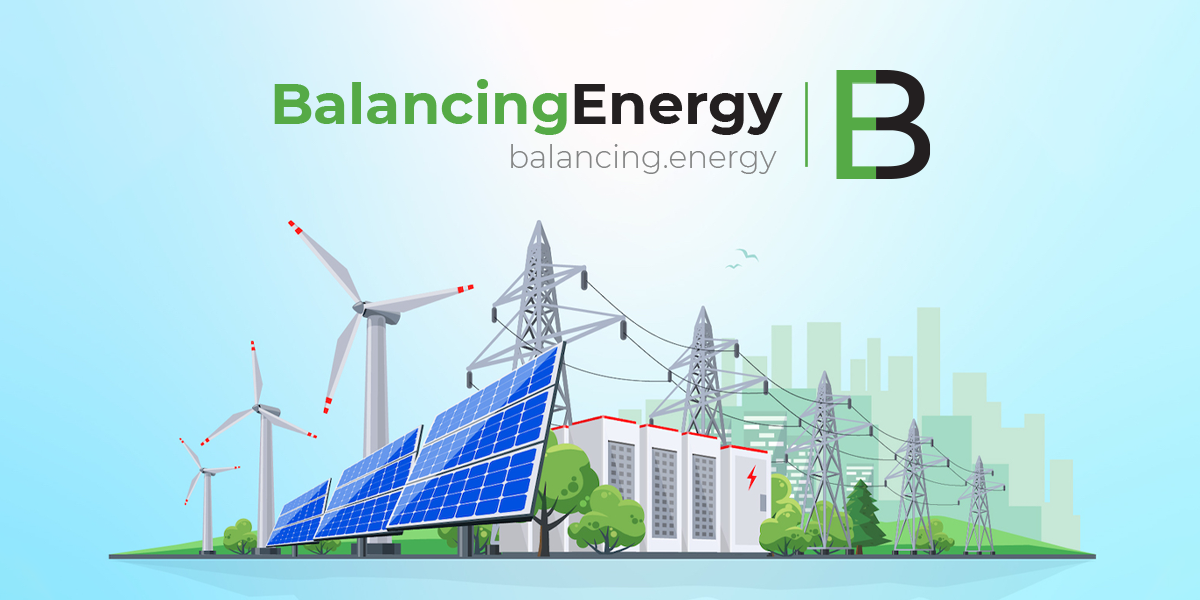The Energy Community (EnC) Secretariat’s latest CBAM Readiness Monitoring Report reveals that no country in the Western Balkans has met the necessary criteria to begin integrating its electricity market with that of an EU member state. This integration is crucial for obtaining an exemption from the upcoming cross-border carbon tax on electricity exports, set to be implemented in early 2026.
For 2023, estimated theoretical CBAM costs for Serbian electricity stand at a substantial €1.07 billion. If fully enforced, the total carbon tax burden for Montenegro, Bosnia and Herzegovina, and North Macedonia could reach €797 million.
The EnC monitors the regulatory and reform landscape among its contracting parties to ensure that electricity exported to the EU can qualify for exemption under the Carbon Border Adjustment Mechanism (CBAM). Starting in 2026, EU importers will be required to pay this levy, which corresponds to the CO2 emissions associated with the production of covered goods.
In its report, the EnC warns that delays in electricity market coupling diminish the chances of these countries obtaining exemptions before the December 31, 2025 deadline. Without such exemptions, the carbon costs will be passed on to importers of electricity from third countries, potentially harming their competitiveness. Market coupling could allow these countries to delay CBAM implementation until the end of the decade.
To achieve market coupling, electricity market operators and transmission system operators must engage with intraday (SIDC) and day-ahead (SDAC) coupling mechanisms. Essential requirements for market coupling include full transposition of the Electricity Integration Package (EIP), designation of an independent energy market operator, adoption of a market coupling operator (MCO) integration plan, and functioning capacity calculation regions (CCRs). Even after fulfilling these conditions, complete integration would require at least another year and a half.
The EU has announced that CBAM collection will commence in just 14 months, gradually scaling up to full implementation by 2034. Currently, no EnC contracting party has officially appointed an energy market operator or submitted an MCO integration plan. Among the Western Balkan countries, Serbia is the only one with operational intraday and day-ahead markets, while Bosnia and Herzegovina lacks both.
Montenegro appears to be the most prepared to join the SDAC and SIDC through its interconnection with Italy. However, in terms of overall CBAM readiness, none of the contracting parties have provided a roadmap to the European Commission. Montenegro and Serbia are the only nations actively working towards aligning with EU climate regulations, which involve emission pricing and establishing emissions trading systems that match EU ETS levels by 2030.
Serbia’s draft Integrated National Energy and Climate Plan indicates plans to introduce a carbon tax in 2027, starting at €4 per ton of CO2 equivalent and rising to €40 per ton by 2030. Full alignment with EU ETS prices is projected by 2045. Montenegro has had a carbon trading mechanism in place since 2020, with a minimum price of €24 per ton of CO2 equivalent.










